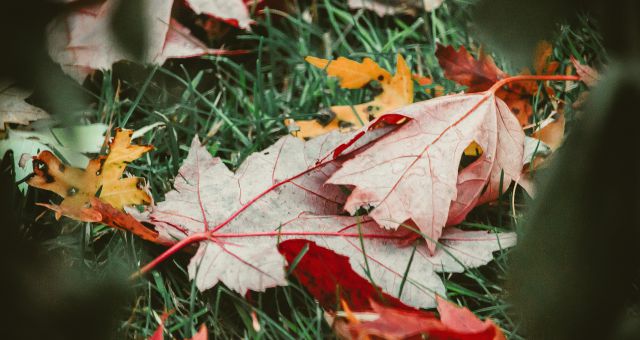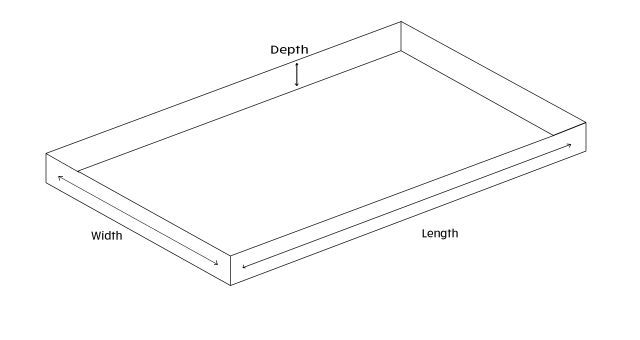Different types of aggregates, and what the best uses are.
Aggregates are a very common foundation for use in any DIY Project, Garden Venture or Building Design. They are a key ingredient in concrete, bases, drainage systems and for looking good as a decorative touch.
So what are the general types of aggregates you will see available and what are they used for?
10mm Gravel (sometimes referred to as shingle)
These are small, colourful stones that tend to be rounded in shape. An example of this is Pea Gravel. They can be used for decorative purposes to add a splash of colour and character to your garden but they are also very useful for helping with drainage. Water can easily move between the gaps in the stones.
They are most commonly used for:
- Pathways
- Driveways
- Outdoor landscaping
- Borders and Flowerbeds
- Drainage, Soakaways and Pipe Beds
20mm Stone
These are also colourful stones but are larger than those above, an example of a 20mm stone is Golden Flint. They are great for use in driveways as the larger shapes tend to scatter less. Most 20mm stones are angular in shape so lock into place better than rounded stone. Due to the larger space between the stones, more water can fill the voids before it becomes fully saturated and becomes waterlogged therefore, they are also popular for use in a drainage system.
Common uses:
- Driveways
- Outdoor landscaping
- Bedding for large pipes
- Borders and Flowerbeds
- Can be combined with cement to make concrete
Slate Chippings
Slate is a large but flat stone, usually anywhere between 20mm – 40mm. The shape of these stones mean they lock together really well stopping them from scattering or shifting when being walked on. They allow for space between layers of stones meaning they can be good for drainage. They are very popular amongst avid gardeners for their modern, classy appearance. They can add dimension and character to any garden.
Best Used For:
- Driveways
- Decorative Features
- Paths and Walkways
- Mulch, Borders and Flowerbeds
Coarse Sharp Sand (sometimes referred to as horticultural sand)
A sand base containing coarse particles of an angular, sharp and heavy nature to help the sand grip and lock into place during usage.
Used for:
- Paving
- Driveways
- Block laying
- Can be mixed into concrete
Coarse Grit (sometimes referred to as horticultural grit)
Coarse Grit is a staple for many soils, it is an essential ingredient in improving the structure and drainage of even the heaviest, clay-based soils by opening up the soil to create small pockets for water to drain through.
Uses and characteristics:
- Used in potting compost mixes and planters
- Has a neutral pH level which is easy to work with, can be used to aid and assist plant growth
- Can be used to provide a decorative top dressing for succulents, alpines, cacti and rock plants




